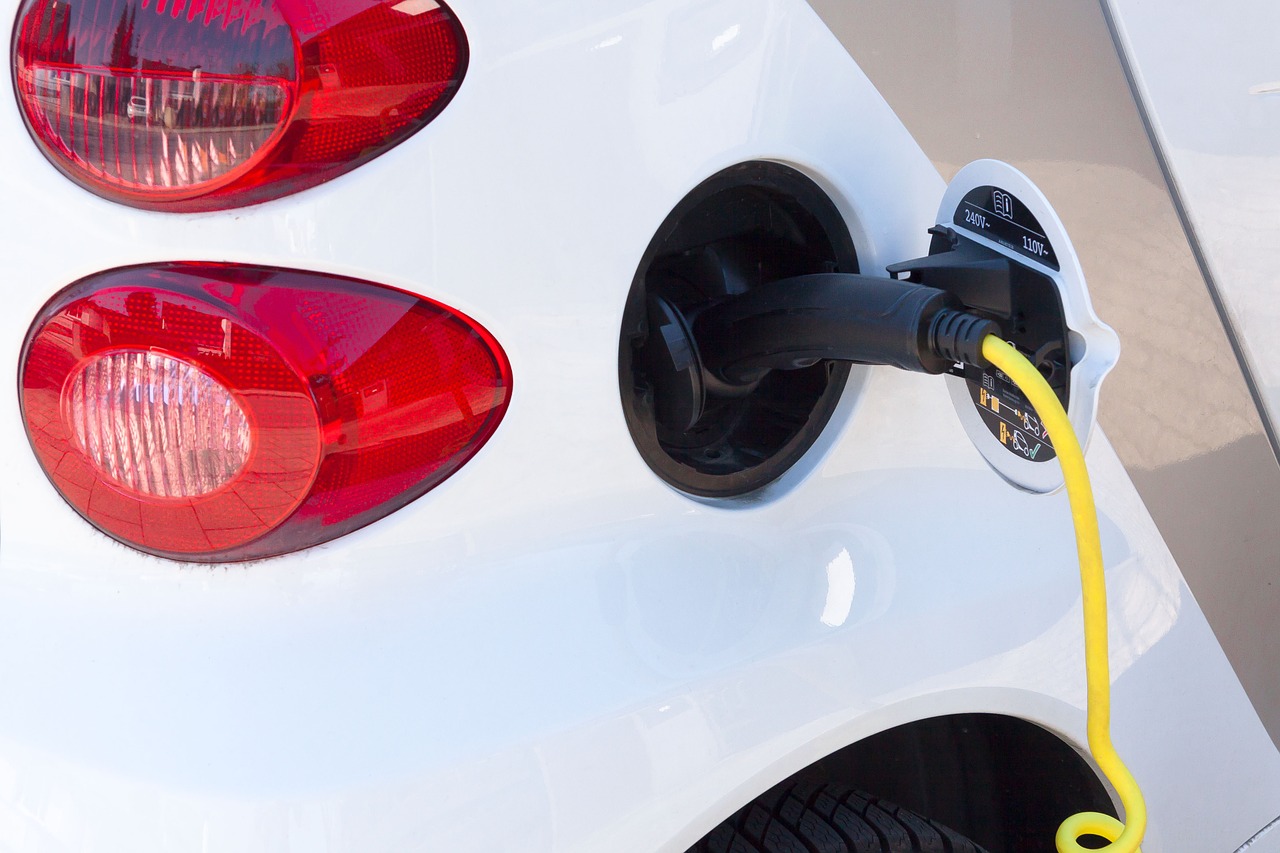By Frank Andorka, Senior Correspondent
Energy storage is the next front in the solar revolution, and states across the country are starting to grapple with how to incorporate it into the future of their electricity-generation plans.
California, Arizona and New Mexico have already mandated that their utilities incorporate storage into their long-term planning. And now New York has announced its plans to incorporate 1,500 MW of energy storage into it electricity generation by 2025.
Gov. Andrew Cuomo announced the aggressive plans last week, touting that it would create $2 billion in consumer benefits and 30,000 jobs. He also directed the NY Green Bank to commit $200 million to fund energy storage plans. It’s a tight turnaround that he’s asking for – six years isn’t much time at all – but Cuomo is convinced his state can do it. He said:
Clean energy is the future of our planet, and New York will continue to lead the nation in this technology to fight climate change and conserve resources for generations to come. This Roadmap is the next step to not only grow our clean energy economy and create jobs, but to improve the resiliency of the grid to keep our power running in the face of extreme weather and other emergency situations.
New York State currently has approximately 60-megawatts of advanced energy storage capacity deployed with another 500-megawatts in the pipeline, in addition to 1,400-megawatts of traditional pumped hydro storage.
In order to advance energy storage development in ways that are viable, replicable, and scalable, the Roadmap recommends:
-
Providing $350 million in statewide market acceleration incentives to fast-track the adoption of advanced storage systems to be located at customer sites or on the distribution or bulk electric systems;
-
Adding incentives for energy storage to NYSERDA’s successful NY-Sun initiative to accelerate the development of solar plus storage projects and allow those projects to access federal tax credits before they expire;
-
Regulatory changes to utility rates, utility solicitations and carbon values to reflect the system benefits and values of storage projects;
-
Continuing to address project permitting and siting challenges and reduce system indirect expenses and soft costs; and,
-
Recommending modifications to wholesale market rules to better enable storage participation, including allowing storage to meet both electric distribution system and wholesale system needs to provide greater value for ratepayers.
If you want to see what the future of energy storage is going to look like, watch those five states. Their plans will define how energy storage spreads across the rest of the country.


